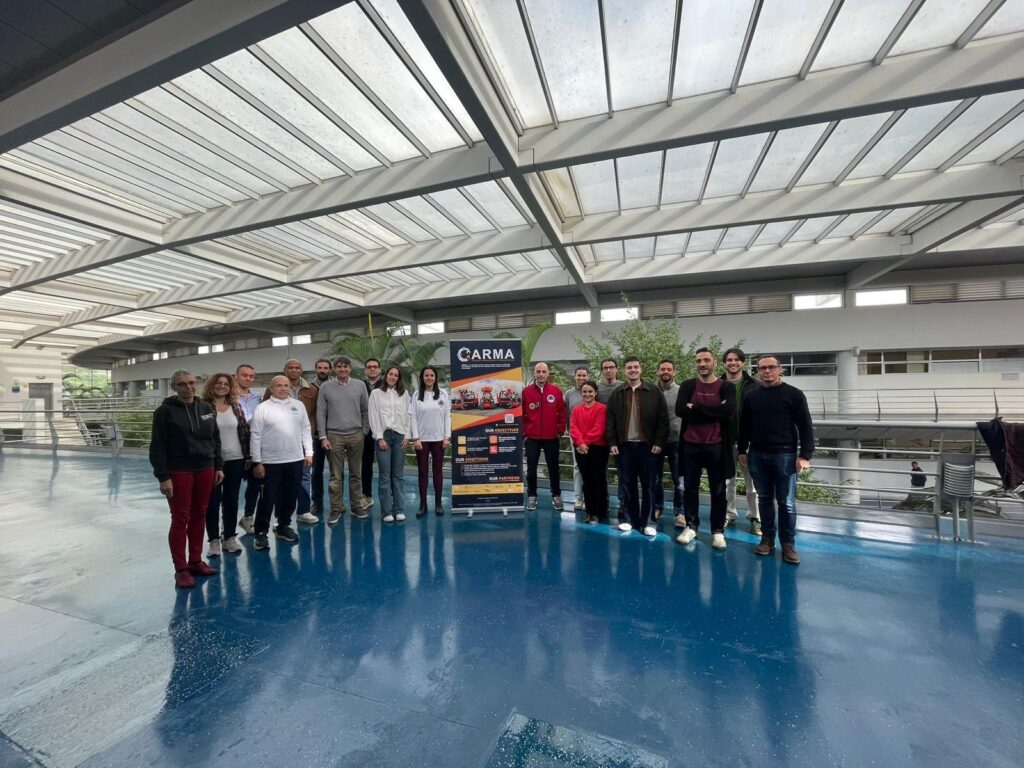When every second counts in emergency scenarios, responders need cutting-edge technology that understands their needs and enhances their capabilities. That’s exactly what the CARMA project is working towards—integrating Collaborative Autonomous Robots for eMergency Assistance. But how do we ensure that this technology is built with first responders, rather than for them? Let’s walk through the CARMA approach.
Engaging First-Responders through Role-Play
CARMA, Collaborative Autonomous Robots for eMergency Assistance, is an innovative Horizon Europe project focused on enhancing the efficiency and safety of First Responders. The project’s innovative nature is rooted in its focus on addressing real-world challenges first responders face. Unlike many traditional research-driven initiatives, CARMA takes a unique approach by integrating first responders’ direct input and expertise from the beginning, ensuring that the project is shaped by their practical realities.
A key innovation in CARMA is adopting a structured, iterative methodology that blends traditional research with active, hands-on involvement from end-users. This methodology draws upon expert knowledge and relevant literature, particularly the Coactive Design method, which emphasizes the importance of coactivity requirements and collaborative problem-solving. Through interactive and dynamic co-design sessions, the project ensures that the system being developed meets the needs of the first responders in a way that traditional methods may overlook. This approach proved effective, yielding various valuable outputs and insights. End-users provided positive feedback, appreciating the sessions’ organization, engagement, and well-structured nature.
Understanding End-User Needs – Co-Design Workshop in Lisbon
The process began with a targeted end-user survey designed to gather initial input on the specific needs and challenges emergency responders face. This survey was followed by a hands-on co-design workshop in Lisbon in December 2024, facilitated by INESC-ID. During this workshop, first responders participated in role-playing exercises to refine and validate CARMA’s operational use cases. By simulating real-life emergencies, the participants could provide direct feedback and co-create solutions that best address their needs.
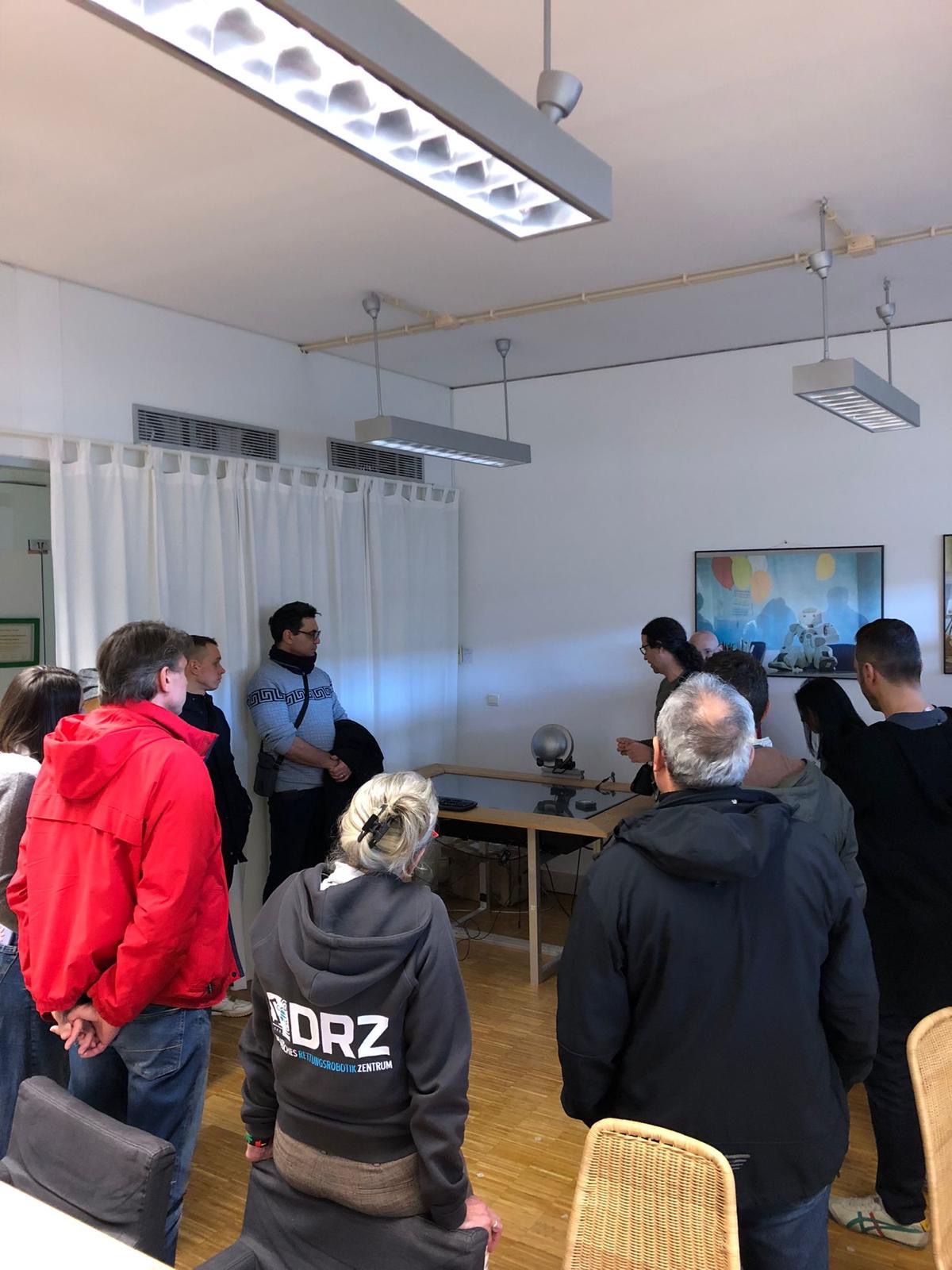
An Iterative Approach to Co-Design – Ensuring user-driven development
The iterative co-design process did not end with the workshop. Follow-up discussions were conducted to further elaborate on the use cases, ensuring that end-user input was thoroughly integrated into the project’s development. The feedback received was very positive, with participants appreciating the structured organization, the active involvement, and the clarity of the co-design process. This collaborative approach has ensured that CARMA is grounded in theoretical research and closely aligned with the real-world needs of those who will use it.
Hands-On Engagement – Role-playing with maps and models
A particularly engaging and practical aspect of the workshop was the use of printed maps that represented the areas designated for future CARMA pilots. These maps served as the foundation for role-playing various first-response scenarios. Tools like Legos were used to represent critical actors and structures within the response teams, while pens were employed to outline key intervention zones on the maps. This visual and tactile approach fostered deeper engagement, allowing end-users to better conceptualize and refine their operational requirements.
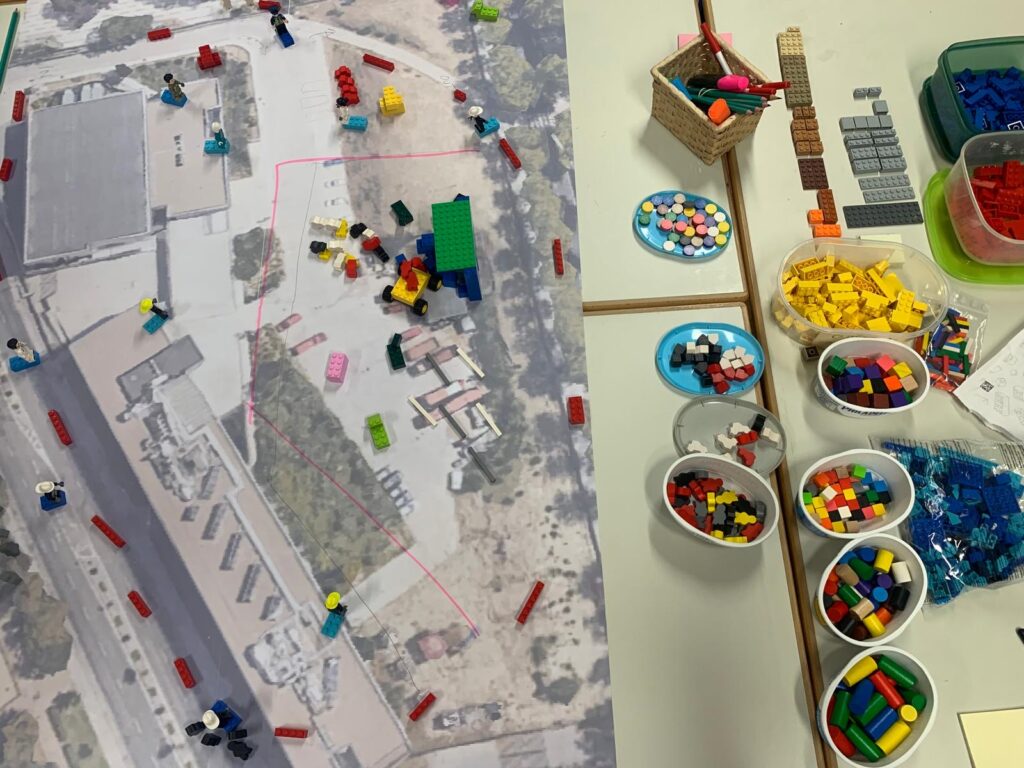
Visual Storylines
During the role-play simulations, first response operations were documented through storylines crafted by end-users using Post-it stickers. These storylines created visual, diagrammatic representations of operational workflows over the timeline of each emergency response, incorporating potential CARMA use cases. This output proved invaluable for discussion during co-design sessions and later analysis, systematically organizing information and offering a comprehensive overview of integrating the CARMA platform and UGVs.
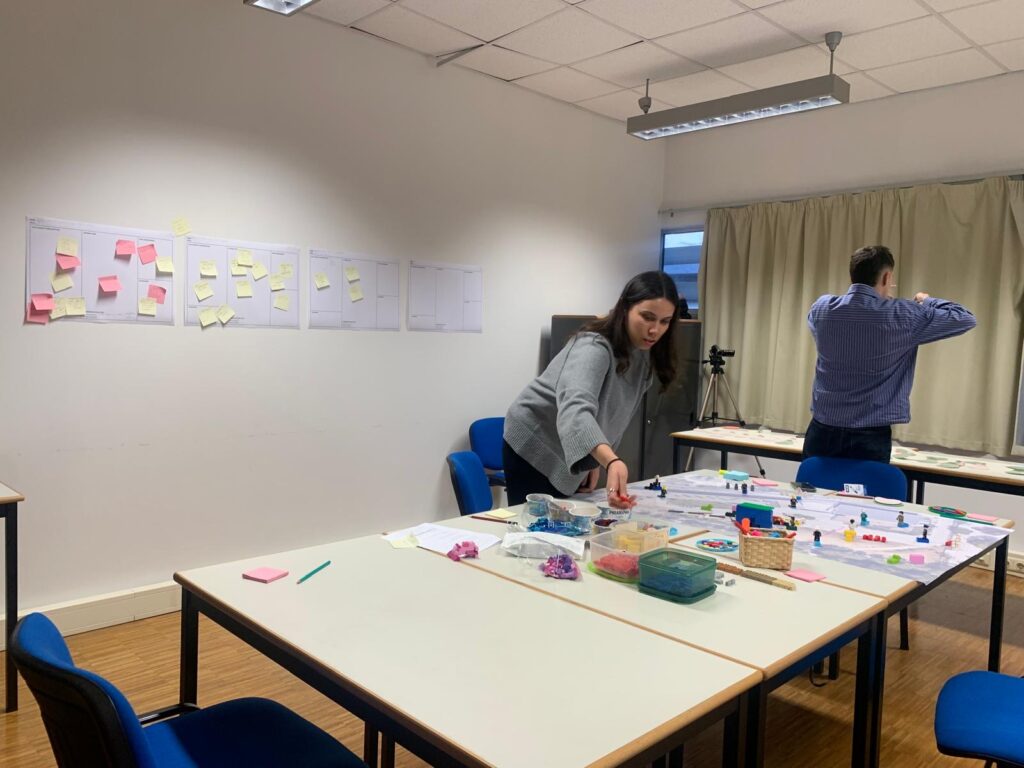
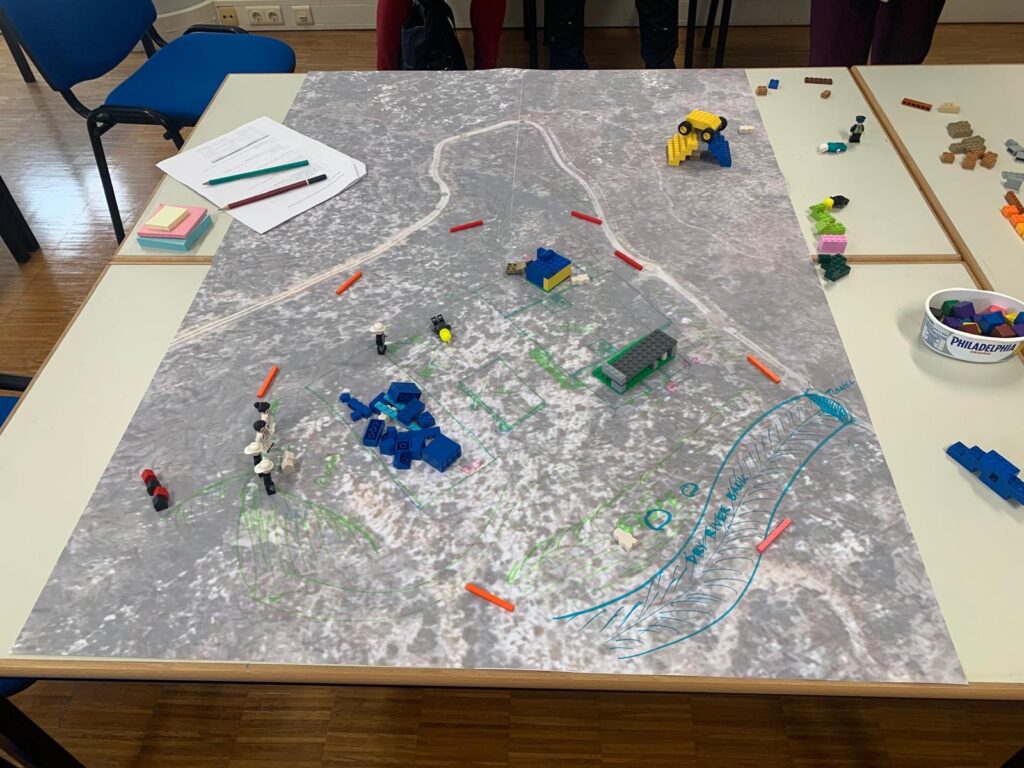
Exploring Use Cases
The workshop delved deeper into the identified use cases. Structured conversations guided by printed Interaction Tables (one per use case) focused on essential topics: the primary responsibilities of first responders, the capabilities and required autonomy of CARMA UGVs/platform, the characteristics of human-robot interaction (such as information flow, interface design, and operational nuances), and the concerns raised by end-users. Sticky notes summarizing key points were placed on each Interaction Table to collect information while facilitating engaging discussions systematically.
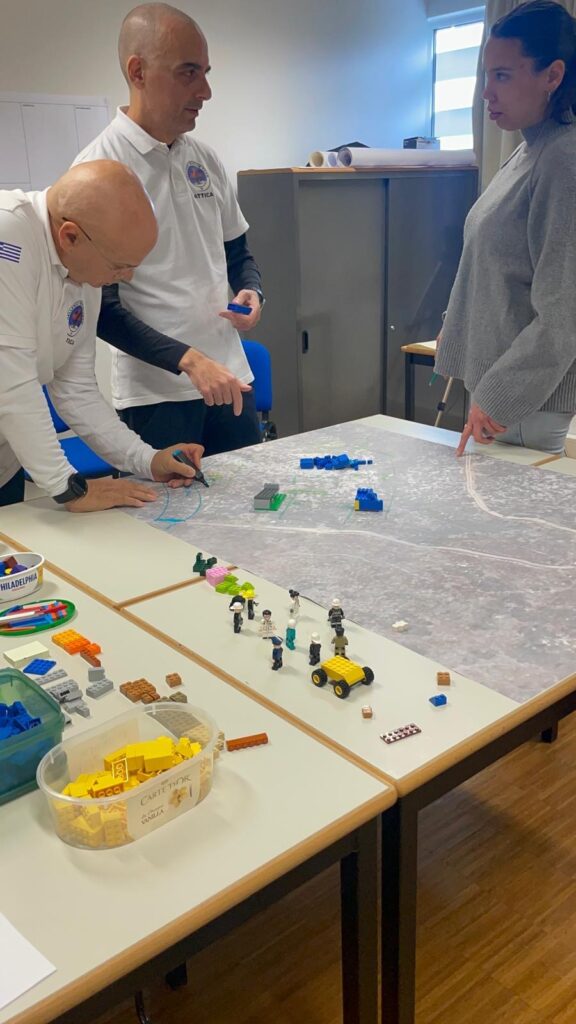
Prioritising Use Cases
Interaction Tables were completed in priority order, starting with the most critical use cases to account for the time constraints of the co-design sessions. Priorities were set through end-users’ voting on the essential CARMA use cases identified in the storylines using a colour-coded sticky note system (orange for first priority, yellow for second, and green for third). This visual voting process effectively captured organizational priorities while reflecting individual perspectives, as more than one representative from each end-user organization participated.
CARMA’s approach to integrating end-users through iterative, hands-on co-design processes sets it apart from traditional research projects. By continuously engaging first responders, the project develops a system that is not just theoretically sound but practically viable, ensuring that it can truly enhance the safety and efficiency of emergency response operations.
Continuous Refinement
By combining early-stage surveys, immersive workshops, and iterative feedback loops CARMA ensures that first responders remain active participants throughout the development process. This dynamic engagement is key to ensuring that CARMA’s robotic systems will not only be innovative but also truly operationally effective.
Our ultimate goal? A seamless integration of smart robots and human responders that enhances safety, efficiency, and disaster resilience across Europe.
